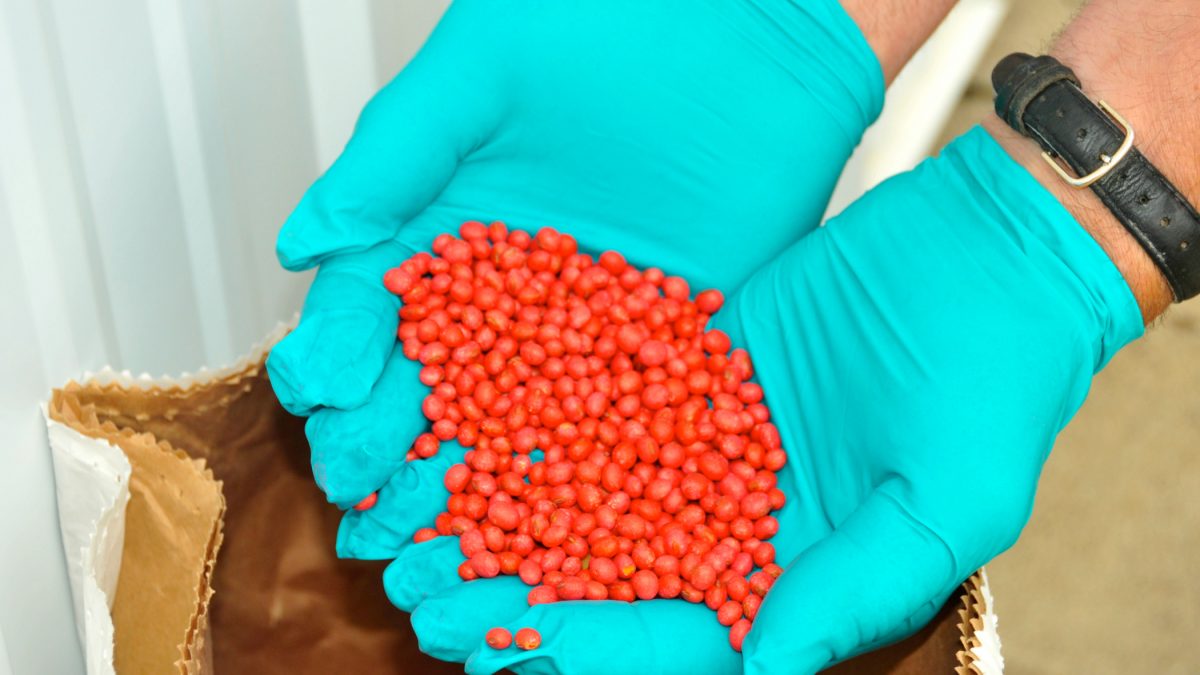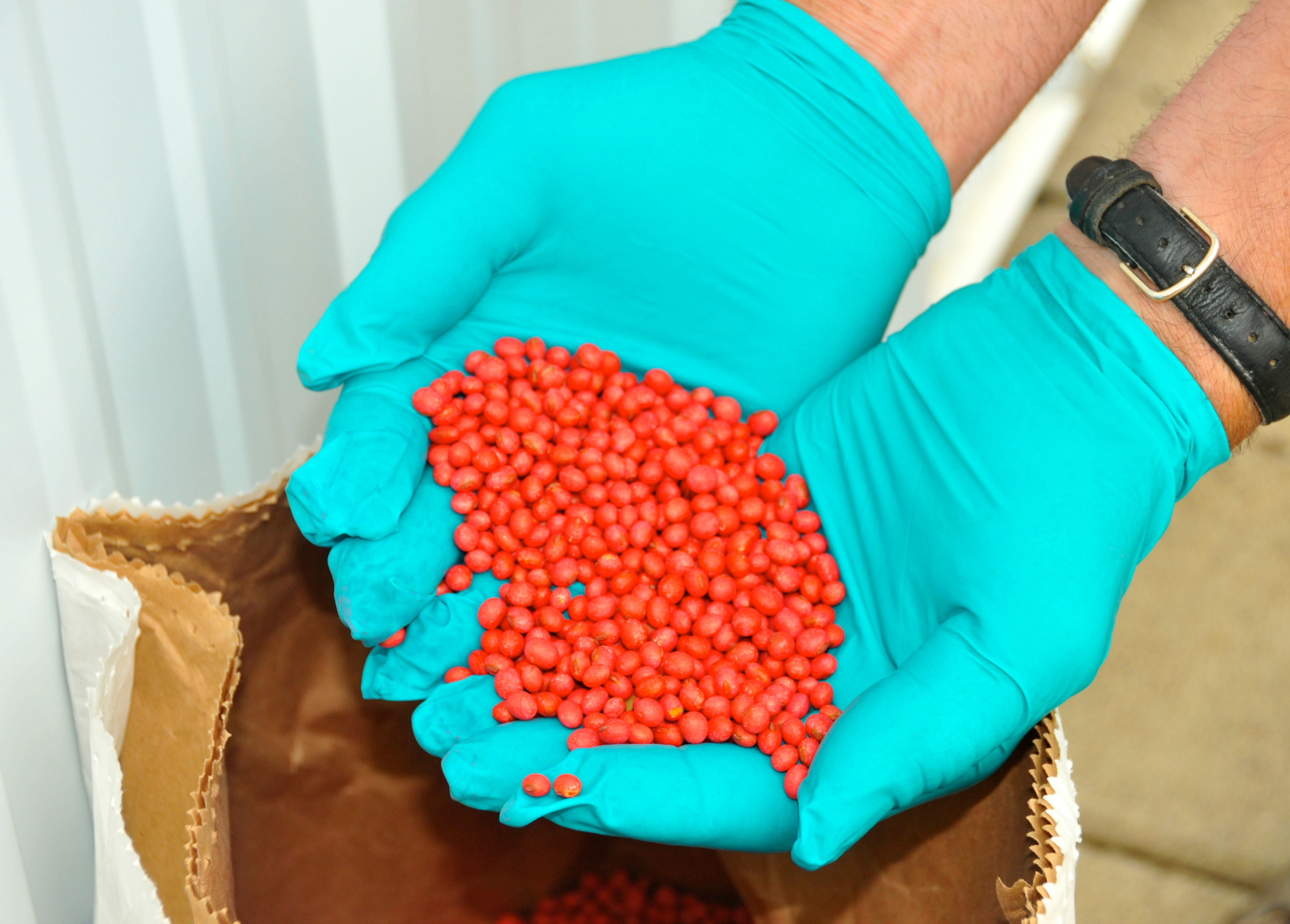Do You Need to Treat Soybean Seed with Insecticide?

I’m frequently asked for my opinion on seed treatments in soybeans. My answer is “use them”. But which ones?
Using any seed treatment is better than leaving seeds naked going into planting. I typically recommend using a good fungicide package that covers the most predominant disease issues in our region: Phytophthora, Pythium, Rhizoctonia, and Fusarium. There are many good premix products available in the market that do a fine job of treating and preventing these diseases. But what about seed applied insecticides (SAI)?
About 70% of the treated soybeans in the United States are treated with both an insecticide and a fungicide. A high percentage of acres across the US need an insecticide. Bean Leaf Beetle is probably the largest pest controlled by SAIs. Fields coming out of CRP are prone to wireworms and grubs; fields with heavy trash and manure are susceptible to seedcorn maggot; and double-crop soybeans planted later in the season may encounter soybean aphids – these areas are all perfect spots for SAI use.
Other than CRP, the situations listed above are not prevalent in our region, and the minor feeding by some insects is not normally an economic issue. Many claim the benefit for reduced pressure from soybean aphids. I witnessed this one year when we planted late in June and had an early flush of soybean aphid. The insecticide is usually only effective for three weeks, which would not have the same benefit to soybeans planted in early May. A recent paper published jointly from 12 universities in our region laid out this example, showing the declining concentration of the insecticide and the corresponding later timing of the aphid infestation. Their direct summary of the research was “the current use of neonicotinoid seed treatments in soybean and other crops far exceeds pest pressures.”
Weed resistance has been a hot button issue lately, but resistance can also occur with fungicides and insecticides. Repeated use of pesticides with no economic level of the intended target pest can accelerate the occurrence of resistance. A large majority of the corn acres we rotate with soybeans are treated with the same insecticides. Rotating away from soybeans for a year will help break this cycle.
I like to use products that have a high probability of returning some $$$ on my investment. In a year where budgets are tight, seed applied insecticides may be one area to cut back.




